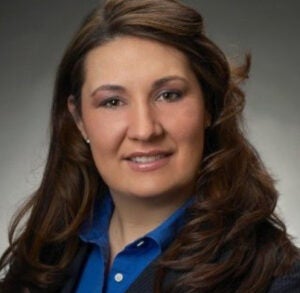 When Heineken moved more of its advertising budget to digital video, it didn’t see results.
When Heineken moved more of its advertising budget to digital video, it didn’t see results.
“Digital never rose to the top [in marketing mix models], in an almost mind-boggling way,” said Ron Amram, VP of media for Heineken USA.
But Heineken knew its audience was moving to digital environments, so it didn’t want to leave the medium. Instead, it identified three problems holding back its advertising: rampant fraud, low viewability and wrong context.
“If you put those three filters around what you are doing, you start seeing spikes in return on ad spend and sales,” Amram said, adding that digital video performs closer to TV.
Figuring out how to address the fraud and viewability pieces has proven surprisingly tough. As a starting point, Heineken has begun revising its contractual terms and conditions to protect itself from fraud and choosing partners that will help the brewer reduce video ad fraud. That step is among the ANA’s recommendations to protect marketers from paying for nonhuman traffic.
Heineken participated in the latest ANA/White Ops study examining bot fraud, and it was not immune to the issue. Consistent with the study’s findings, Amram noted higher fraud in its programmatic spend and campaigns targeting Hispanics.
For the past two years, it’s worked with WhiteOps, Integral Ad Science and other partners to monitor fraud and viewability and prevent bidding on those impressions. Its next step is to write into its terms and conditions that it won’t pay for bad inventory.
Heineken is particularly encouraged by changes tech vendors are making, such as TubeMogul’s fraud-free guarantee, which Amram said will move the industry as a whole forward – and keep ad tech vendors in business.
“What’s constraining programmatic now is the scale of clean inventory out there,” he said. “They know they will not have a business model if they don’t bring in in these third-party measurement tools.”
When a publisher or partner detects a lot of fraud, it can either end the business relationship or begin a protracted discussion.
“Dealing with 50% fraud is shockingly easier because it’s ‘goodbye’” to that partner, Amram said.
Situations where Heineken finds 10% fraud with a partner or publisher, for example, may involve more conversations about what’s going on and add more complexity.
Though Heineken wants to include clauses where it won’t pay for fraud in its terms and conditions, it only has those implemented on an ad-hoc basis. In many of its legacy terms and conditions, “vendors and agencies agreed to a language that doesn’t protect us,” Amram said.
Internally, it’s been hard to explain to nonmarketers why fraud exists in the ecosystem. A common response is, “Why don’t we sue Google?” But that’s deemed impossible after a close read of the terms and conditions.
Putting in place revised terms and conditions that protect Heineken’s media spend from fraud is a goal for this year, as is working with partners that are proactive on rooting out fraud.
“I would like to be able to say we’ve turned the tide,” Amram said. “When vendors and suppliers themselves can say they’re not selling inventory with bots in it, there will be more confidence in the ecosystem.”














